Sights
Historical architecture & more
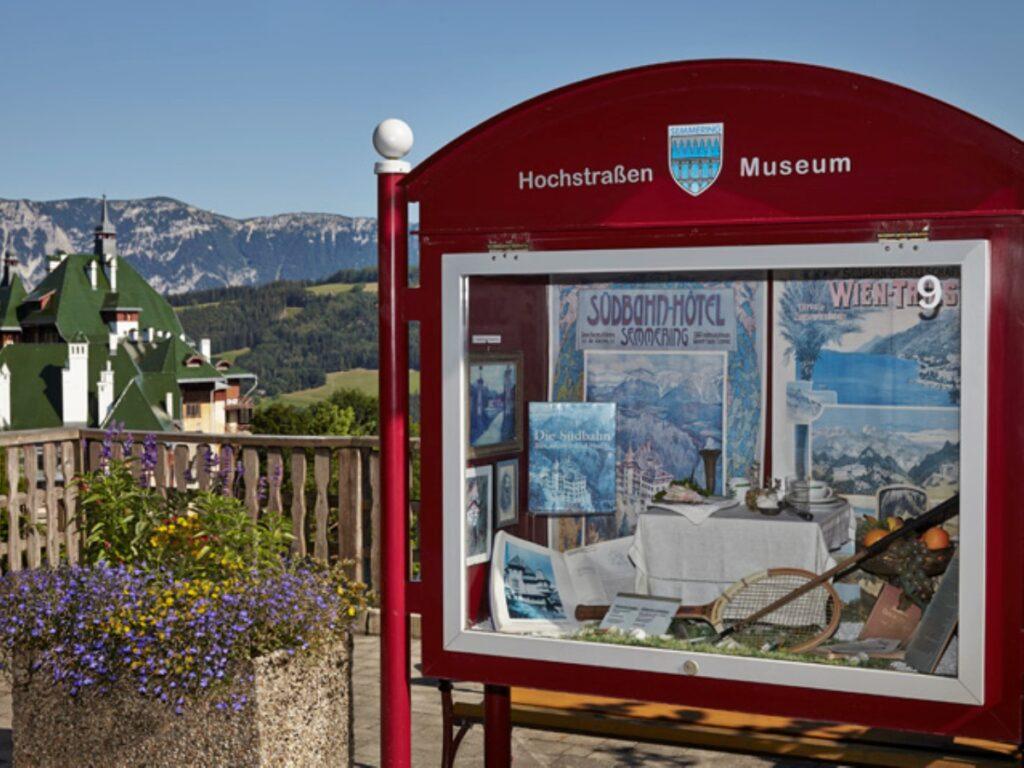
High Road Museum
The Magic Mountain invites you to a cultural walk along the Semmeringer Hochstraße.
Take your time and walk from the top of the pass past the Hotel Belvedere to the Hotel Panhans and the former Südbahnhotel. Under the project management of Mayor Horst Schröttner in cooperation with Mrs. Désirée Vasko-Juhász and Mr. Johann Payr, an impressive exhibition on the subject of villas in the Semmering region was created along the Semmeringer Hochstraße.
The lovingly designed showcases are a monument to the great Semmering architects such as Franz Ritter von Neumann and his brother Gustav, the K&K architects Fellner&Helmer, Alfred von Wildhack and Josef Bündsdorf. Numerous plans and views of the great masters are contemporary witnesses to the creation of the Semmering. Short portraits of the clients starting with the director Friedrich Julius von Schüler, the ski pioneer Viktor Silberer or even the hotelier family Panhans give a deeper insight into the history of the place.
Combine the walk along the Hochstrasse Museum with a lap around the Südbahnhotel. Nowhere can you better study the diverse styles of the Semmering villas than along the Villenstraße and around the Südbahnhotel. Here one encounters typical buildings in the character of the turn from strict historicism to late historicism to Art Nouveau.
The combination of unique cultural history, healthy mountain air and imposing views enchants visitors then as now.

In the summer of 2021, the exhibition project Land, Property and Commons took place at numerous locations on the Semmering. Curated by Hedwig Saxenhuber, 11 international artists developed temporary installations that dealt with the history and present of this unique place. The project not only lives on in the encounters, memories and stories, but will also become a permanent feature of the Semmering from summer 2022 with the sound installation by Mikhail Tolmachev. From June to the end of October, the work Where We Stand – Far Away will again invite visitors to linger on the two terraces along the Hochstraße between 10 a.m. and 7 p.m. every day, to enjoy the view and listen to the voice from the loudspeakers. “In his sound installation, Mikhail Tolmachev creates pictorial descriptions without images, the text accompanying the eyes before which another landscape opens up. In his work, he addresses the concept of nature in transition and its manifestation in the landscape. Nature was made. Everything was created at some point, meanwhile it looks as if it has grown naturally. At the “Balcony of Vienna” the different window views begin to correspond with each other, recreate the view in thought.” “Die Loos Schleuse” by artist Hannes Zebedin will also be on display this season above the legendary, Alpine Golf Club Semmering. The installation is a replica of the façade of the Khuner country house built by Adolf Loos. Similar to a protective wall or avalanche barrier, the element stands on the slope and combines elements of architectural modernism with functional architecture. The shutter system found at Loss tempts to explore, opens and closes the view.

Villa architecture of Semmering
The construction of the southern railway was of decisive importance for the development of the hotel and villa colony at Semmering. With the opening of the Semmering railway line in 1854, pleasure trips led over the pass to Mürzzuschlag and back again. More and more hikers also came to stay over the summer months. One of the first regular guests was Franz Schönthaler. He convinced the Südbahngesellschaft to build the hotel. A colony of villas grew up around it. This connection with nature found its architectural expression in the design of the villas in the form of farmhouses, for which the architect Franz Neumann and the architectural firm of Ferdinand Fellner and Herman Helmer developed numerous variations.
On a circular walk starting at the top of the pass and following the path first along the main road to the turn-off towards the railway station, you will pass Villa Bündsdorf. Pass above the “Hotel Stefanie” senior citizens’ residence at the old community centre, which will hopefully soon appear in new splendour, along Südbahnstraße. After the small rock wall, you will see the villa “Unsere Hütte” standing in the forest on the right. On Südbahnstraße, in the sharp bend to the right is the Villa Landau ( Joseph Urban) and on the left the former Schweizerhof. At the beginning of Villenstraße is the Villa Bittner. The Villa Alpenheim, the Villa Neumann and the Villa Schönthaler are lined up along the road. Continue to the end of Villenstraße – follow Adlitzgrabenstraße to the right until you reach Villa Leibenfrost and the Polleroshaus in front of it. Now do not follow the steep path vis à vis but rather to the right of the access road behind the residential houses. Along this path you will pass Villa Schüler and Villa Klein – these houses were annexes of the Südbahnhotel and were built in 1881/82 by Josef Daum. Continue past the Südbahnhotel, Villa Mary, Villa Kleinhans and Villa Lore along the elevated road in the direction of Panhans. Above the retaining wall after the Panoramahotel Wagner you will see the Silberschlößl hidden in the forest. The Villa Miomir, the Villa Waldeck, high above mostly visible only in autumn and winter, the highest house of Semmering, the Villa Engelmann, the Villa Helmer, the Pension Alexander up to the parish church of the Holy Family with the vicarage line your path. Now you are in front of the Hotel Panhans until you reach the top of the pass again following the high road.

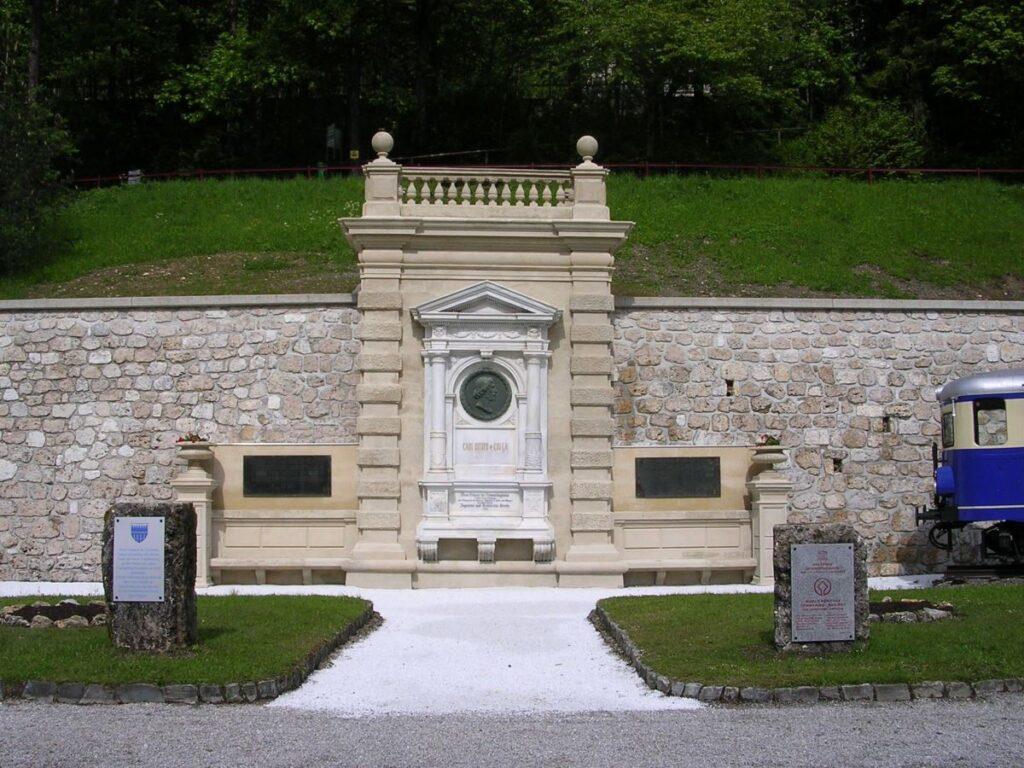
Monument to Carl Ritter von Ghega
Next to the station building you will find the monument to Carl Ritter von Ghega on the retaining wall of Semmering station, which was erected by the Austrian Society of Engineers and Architects in 1869.
Carl Ritter von Ghega
Carl was born in Venice in 1802; the lagoon city had been under Austrian rule since 1796. His extraordinary talent for arithmetic and drawing was already evident at primary school. At the University of Padua, Ghega earned a degree in engineering in 1818 and a doctorate in mathematics at the age of 17; at the Venice Academy of Art he studied architecture. In 1819 he entered the civil service. From 1836 he designed railway lines in what is now the Czech Republic; in 1842 he was entrusted with the planning of the state railway. After his study trip through North America, Ghega took over the construction management of the southern railway from Mürzzuschlag to Trieste. At the same time, he planned the crossing of the Semmering, for which he spent months hiking through the area, studying every rock face, every gorge and every ditch. Knighted in 1851, Carl Ghega died of pulmonary consumption (tuberculosis) in Vienna in 1860.
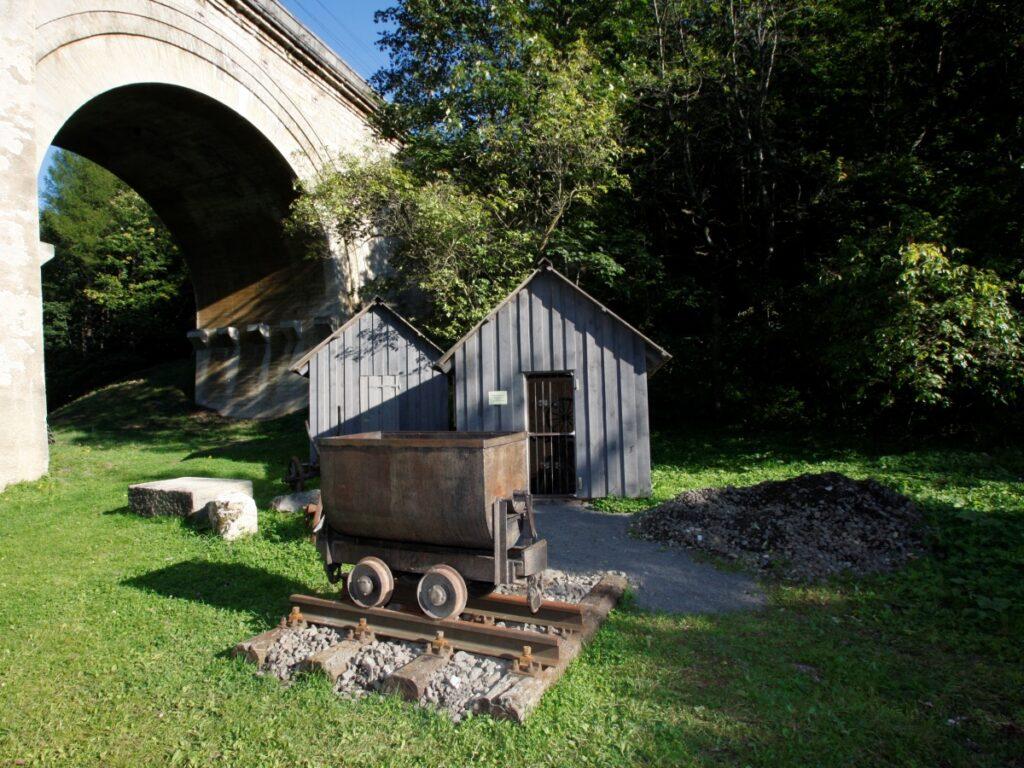
UNESCO World Heritage Semmering Railway
Completed in 1854, the Semmering Railway is still regarded today as a prime example of the harmonious interplay of impetuous Alpine landscape and elegant architecture. A masterpiece of Austrian engineering, it takes travellers around picturesque rocky sections, through striking galleries and over boldly spanned viaducts. Even the UNESCO committees could not escape the magic of the railway and its surroundings: They declared the Semmering Railway a World Heritage Site in 1998.
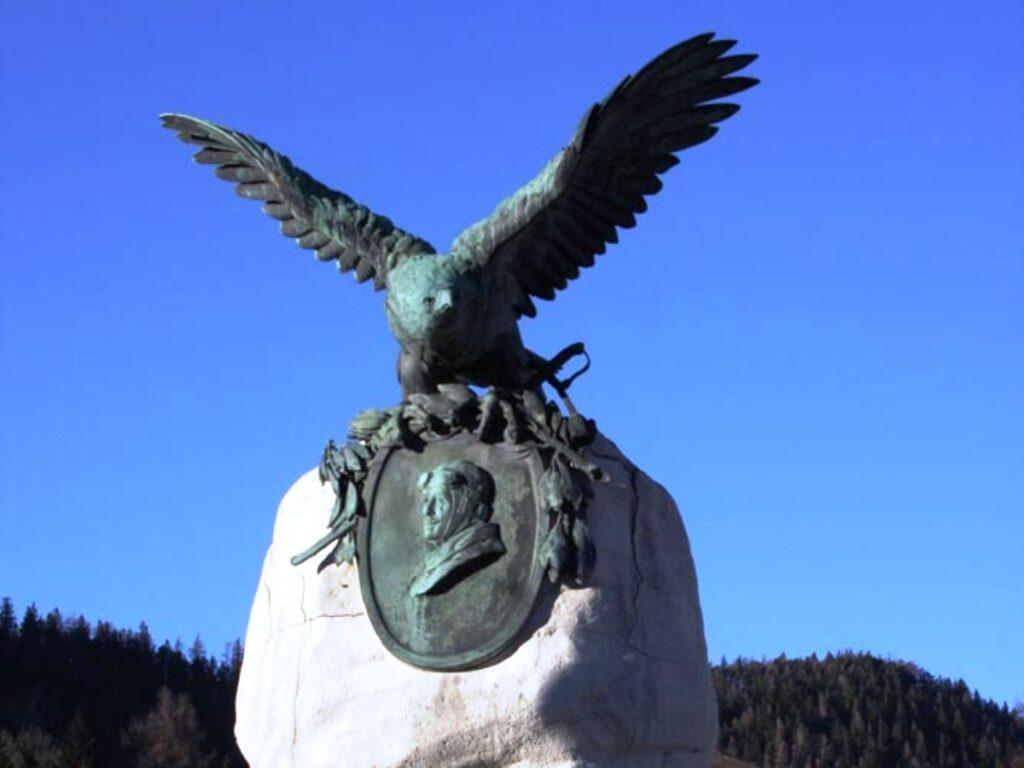
Monumentson the top of the pass
CAROLUS MONUMENT
Near the valley station of the Zauberberg cable car stands the Carolus Monument, which was erected in 1728 by the estates of Inner Austria to commemorate the construction of the Semmering Road by Emperor Charles VI.
POST DISTRICT BOUNDARY STONE
Directly on the top of the pass at the roundabout is the obelisk-shaped milestone with the inscription “End of the Imperial and Royal Italian Postal and Main Commercial Road on the Lower Austrian side”.
NITTNER MONUMENT
The mighty monument at the top of the pass is dedicated to the first daring overflier of the Semmering Pass in 1912, Eduard Nittner.

Semmering Sculpture Parc
On the Semmeringer Wolfsbergkogel near the railway hiking trail and the Kurhaus, the sculpture park of the self-made artist Ignaz Semlitsch invites you to marvel. The sculptures are made of various metals and acrylics and some are also for sale. If you are interested, don’t hesitate to contact the artist. An energy square with seating and a view of the Rax and Schneeberg mountains offers visitors to the Sculpture Park the opportunity to rest and linger. The Sculpture Park Association is happy to receive a free donation as admission.

Church “Hl. Familie”
In the immediate vicinity of the Hotel Panhans is the parish church of the Holy Family. It was built in 1894/95 in the neo-Romanesque and neo-Gothic style under the protectorate of Prince Liechtenstein on Hochstraße, but only had a provisional wooden roof until about 1905 due to lack of money. In 1907/08, the main façade was completed and the side aisle was added. It was formerly a daughter church of Maria Schutz until it was elevated to the status of a parish church in 1934. Today it is an architectural gem of the Semmering on the way to the Südbahnhotel.
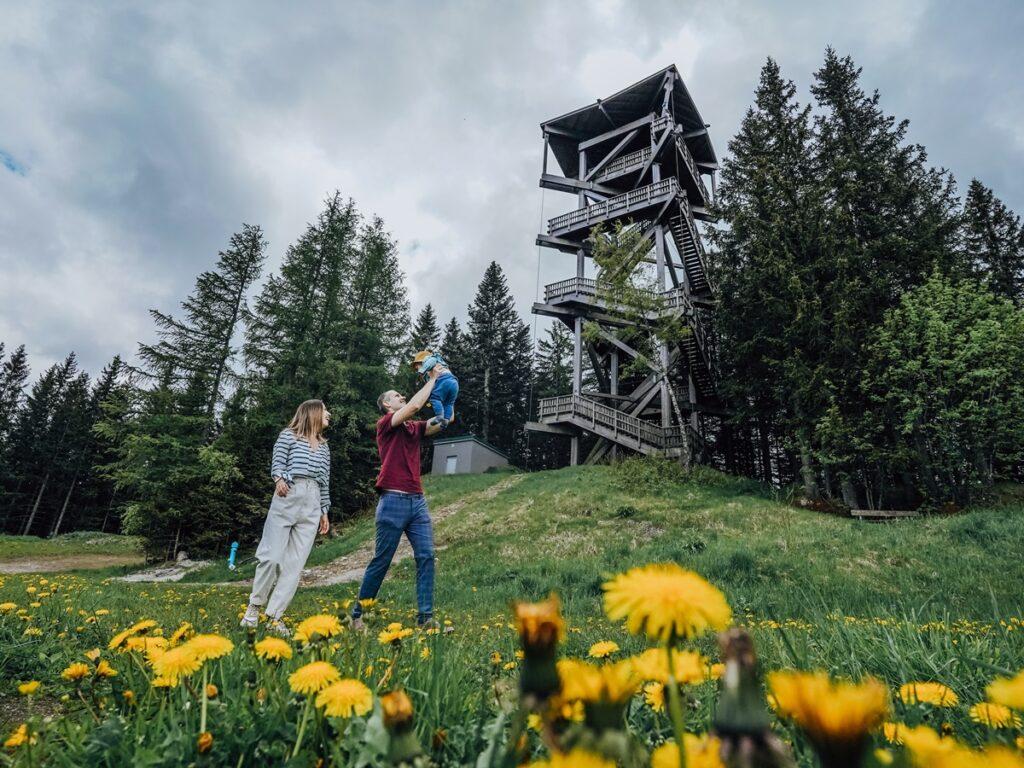
Millennium tower on the Hirschenkogel
Ride comfortably up the Hirschenkogel with the Zauberberg cable car. The viewing platform directly at the top station offers an impressive panoramic view around Semmering. Finally, the panorama restaurant Liechtensteinhaus invites you to enjoy a cosy snack.
A jump from the last platform of the 25-metre-high Millenniumwarte with the free-fall feeling! The experience remains in your memory for a long time afterwards, with all the impressions and emotions. Everyone who has jumped once feels what they are capable of – that they can let go and take a deep breath.
The Millennium Jump can be perfectly combined with a mountain cart ride.

The weather house on the Semmering High Road
The observation and interpretation of the weather is a phenomenon that goes back thousands of years. A glance at the mobile phone has long been enough to get weather information anytime and anywhere. At the turn of the 19th and 20th centuries, you still had to go to a weather house or a weather column. Today, they have become inconspicuous monuments that are usually passed by carelessly.
Not on the Semmeringer Hochstraße. Here it is an eye-catcher in front of the imposing view towards the Rax.
